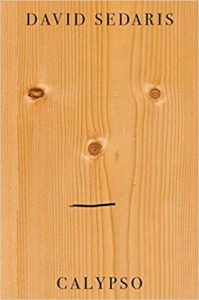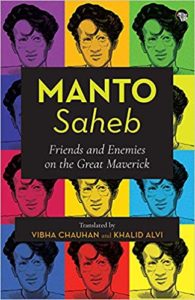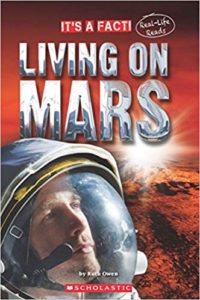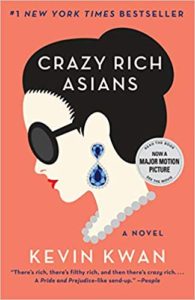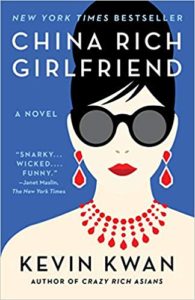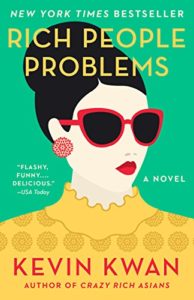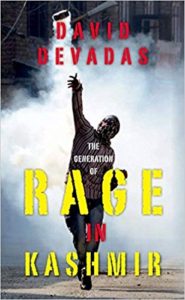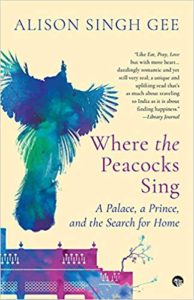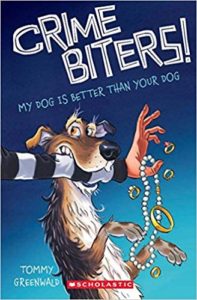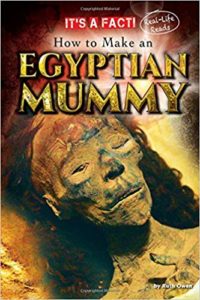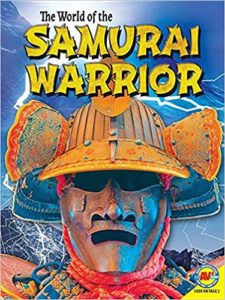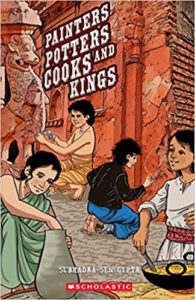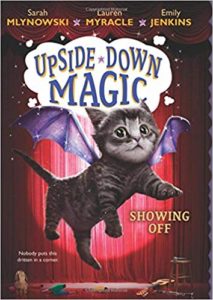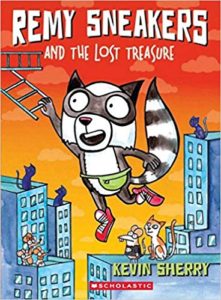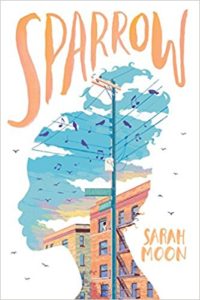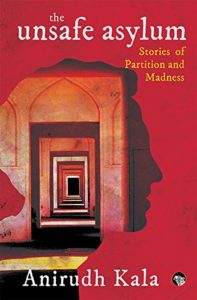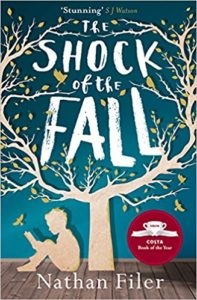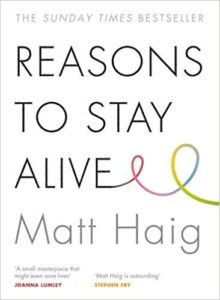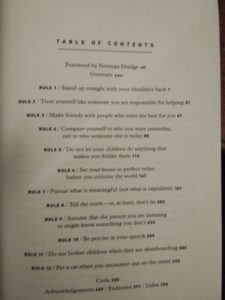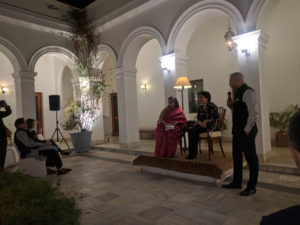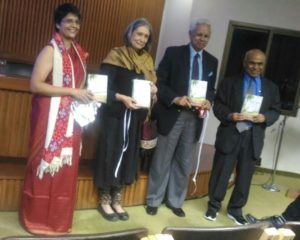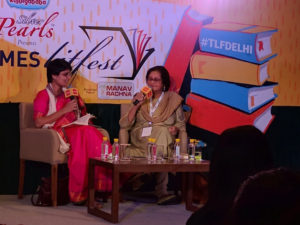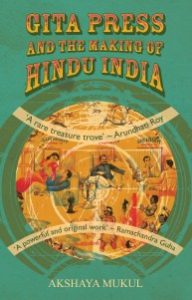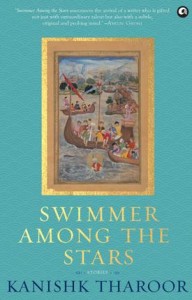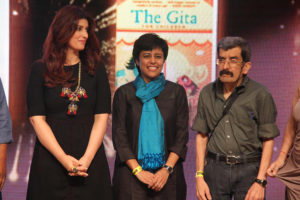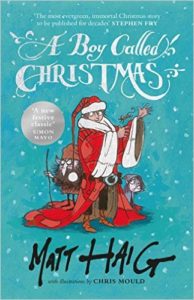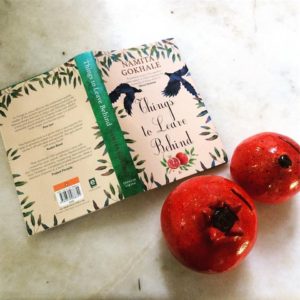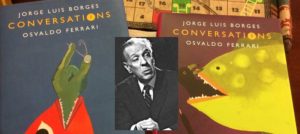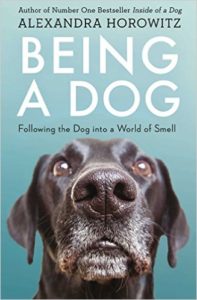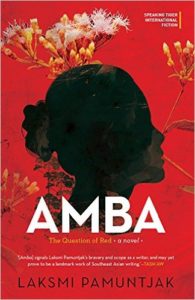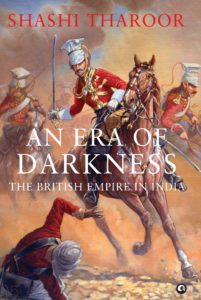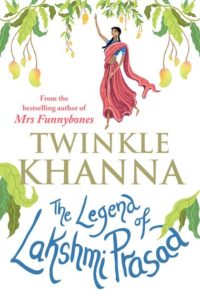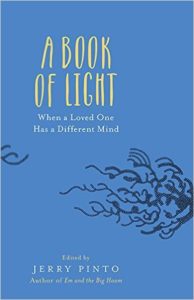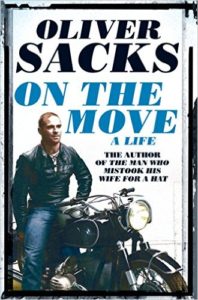Reading for pleasure!
Dispersal time in school is always a very noisy and crowded affair. Adults milling about waiting to pick up their little children who are released from their classrooms in batches. Always I stand amongst the crowd with a book in my hand, reading peacefully. Yet there will be at least one person who while passing by will remark on how I am always seen with a book in my hand. Or there will be others who will throw sideway glances at my reading a book whereas will not be perturbed at all by others looking into their smartphone screens! Reading is meditative. Depending on my mood I can read reams and reams or go extremely slowly through a book, savouring every page. Having said that in 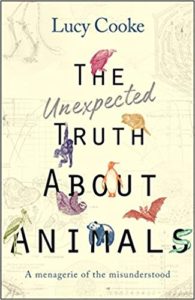 recent days I have managed to read a few books. An eclectic but satisfying collection.
recent days I have managed to read a few books. An eclectic but satisfying collection.
To begin with is the utterly delightful The Unexpected Truth About Animals:A Menagerie of the Misunderstood by zoologist Lucy Cooke. In it she devotes a chapter each to a motley collection of animals such as eels, sloths ( Lucy is also the founder of the Sloth Appreciation Society), pandas, chimpanzees, hippopotamus, vultures and bats to name a few. She packs in plenty of history beginning from when the animals were first discovered, much of the information and sometimes myths about these creatures that became fashionable were propounded in the Victorian era, and are later dispelled with as recently as in the late twentieth, early twenty-first century. It is like reading an Attenborough series on natural history but with a lot more razzmatazz and spunk. It is a laugh-out-aloud book with full of incredibly fascinating but silly facts. Did you know that female sloths yodel for a mate only in D-sharp? Did you know that a group of chimpanzees can be located deep inside a forest by the amount of noise their flatulence makes? Did you know that Sigmund Freud’s first published paper was on eels? It was called “Observations on the Form and Fine Structure of Looped Organs of the Eel, Organs Considered as Testes”. It is a book that can even be used as bedtime reading to children in judicious doses. Lucy Cooke writes extremely well. Yet it is so packed with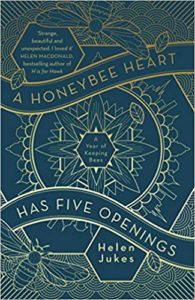 information that it can only be read in morsels and not at one go. A precious book indeed!
information that it can only be read in morsels and not at one go. A precious book indeed!
Sticking with the theme of nature is the deliciously soothing memoir of milennial Helen Jukes who had a dull day job called A Honeybee Heart Has Five Opening. It was stifling but it could not be wished away. To give herself some peaceful me-time Helen Jukes decided to become an urban beekeeper. She reads up extensively about it and meets other beekeepers too. Her friends realising how determined Helen is to be a beekeeper gift her a beehive for Christmas, to be collected in Spring. It fits perfectly with the popular belief that for a hive to flourish ideally it should be gifted and not purchased by the intended owner. The enforced self-reflection maintenance of a 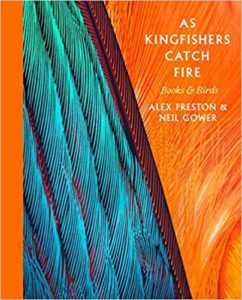 beehive imposes upon Helen also helps her cope with the everchanging world around her. It helps her come to terms with her rootlessness and build a community around her, much like her little charges. It is an incredibly amazing memoir, which Helen MacDonald, bestselling author of H is for Hawk rightly calls “Strange, beautiful and unexpected. I loved it.” Even Alex Preston who reviewed the book for the Guardian has praised it saying “moved and delighted me more than a book about insects had any right to”. Speaking of memoirs, Alex Preston’s astonishing memoir As Kingfishers Catch Fire: Birds & Books is a must read as well. It has been exquisitely illustrated by Neil Gower with full page paintings of the birds. While reading the memoir it will encourage the reader to take up birdwatching as well as prompt the reader to scurry to
beehive imposes upon Helen also helps her cope with the everchanging world around her. It helps her come to terms with her rootlessness and build a community around her, much like her little charges. It is an incredibly amazing memoir, which Helen MacDonald, bestselling author of H is for Hawk rightly calls “Strange, beautiful and unexpected. I loved it.” Even Alex Preston who reviewed the book for the Guardian has praised it saying “moved and delighted me more than a book about insects had any right to”. Speaking of memoirs, Alex Preston’s astonishing memoir As Kingfishers Catch Fire: Birds & Books is a must read as well. It has been exquisitely illustrated by Neil Gower with full page paintings of the birds. While reading the memoir it will encourage the reader to take up birdwatching as well as prompt the reader to scurry to 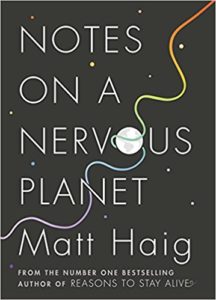 make a marvellous reading list as well. I read it many moons ago but it has still not left me.
make a marvellous reading list as well. I read it many moons ago but it has still not left me.
The incredible centring reading these books gives is much like the peace bestselling Matt Haig advises on getting in Notes on a Nervous Planet. He speaks so much good sense but marshalled together in this manner it never gets dull. What is particularly spectacular is his psychogram chart. An imaginary unit of measure he introduces “to measure psychological weight as we each feel it”. He does underline the fact that psychological weight fluctuates greatly. Psychograms are a subjective measure. Nevertheless here are some examples:
Walking through the shopping centre 1,298 pg
Looking at images of perfect bodies you’ll never have 488pg
Guilt from not going to the gym 50 pg
Arguing with an online troll 632 pg
Having your job replaced by a robot 2,156 pg
The things you wish you haven’t done but wish you had 1,293 pg
The book is exactly as the title describes it — notes on a nervous planet. Matt Haig’s argument being basically everyone seems to be rushed for time, wanting to juggle multiple tasks and responsibilities, clean forgetting that we only have one life and limited time. Matt Haig knows what he is talking about having been on the brink of suicide and suffering from acute depression. He has pulled himself together again and still has his low days but it does not prevent him from share wise advice and enjoying each day as it comes. So he also devised a list of minus psychograms. Here are a few fabulous examples:
The sun appearing unexpectedly from behin a cloud 57 -pg
Being on holiday somewhere with no wi-fi (after the initial panic) 638 -pg
Being lost in a good book 732 -pg
Being surrounded by nature 1,291 -pg
A close relative recovering from an operation 3,982 -pg
And so on.
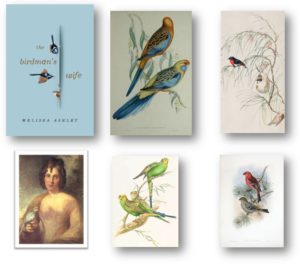 Matt Haig is someone worth following on Twitter and reading everything he publishes. He writes sensitively without preaching; he is empathetic and imparts immense wisdom. Apart from self-help books such as Notes on a Nervous Planet he has also published novels and utterly gorgeous christmas stories for children. Truly a talented man!
Matt Haig is someone worth following on Twitter and reading everything he publishes. He writes sensitively without preaching; he is empathetic and imparts immense wisdom. Apart from self-help books such as Notes on a Nervous Planet he has also published novels and utterly gorgeous christmas stories for children. Truly a talented man!
I also managed to read a pile of Australian literature in recent days and loved it. Beginning with the fictional biography of Birdman’s Wife by Melissa Ashley which is about the artist Elizabeth Gould whose husband was the famous John Gould. She assisted her husband in drawing many of his specimens and inevitably in pencilled his name next to her initials on the drawings. She died in 1841 at the age of thirty-seven, soon after giving birth to her eighth child, but by then she had also completed more than 650 hand-coloured lithographs of the 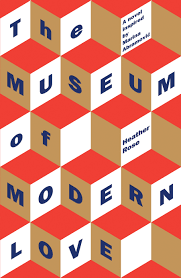 world’s most beautiful bird species. She also illustrated Charles Darwin’s Galapagos finches. She was also a friend of Edward Lear. In the book John Gould is heard saying “I have a bird-sketcher of my very own. Trained, talented. And she costs nothing at all.” The Birdman’s Wife is a fictional account of Elizabeth Gould but it was triggered off by the discovery of a few pages of her diary tucked between her husband’s well preserved
world’s most beautiful bird species. She also illustrated Charles Darwin’s Galapagos finches. She was also a friend of Edward Lear. In the book John Gould is heard saying “I have a bird-sketcher of my very own. Trained, talented. And she costs nothing at all.” The Birdman’s Wife is a fictional account of Elizabeth Gould but it was triggered off by the discovery of a few pages of her diary tucked between her husband’s well preserved 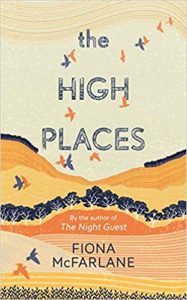 letterbook, a book of correspondence. It is a slow paced while rich with details portrait of a woman who wanted to serve her husband well but at the same time comes across as lonely and overworked. The Birdman’s Wife written by a birder and academic Melissa Ashley so there are many splendid descriptions of birds sometimes taking away from the main story but after a point it matters little since at least Elizabeth Gould is finally recognised for her work.
letterbook, a book of correspondence. It is a slow paced while rich with details portrait of a woman who wanted to serve her husband well but at the same time comes across as lonely and overworked. The Birdman’s Wife written by a birder and academic Melissa Ashley so there are many splendid descriptions of birds sometimes taking away from the main story but after a point it matters little since at least Elizabeth Gould is finally recognised for her work.
Some of the other stupendous Australian books I read were:
- a meditative novel inspired by Marina Abramovic’s The Artist Is Present called The
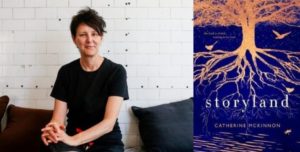 Museum of Modern Love. It is by Heather Rose and won the Stella Prize 2017
Museum of Modern Love. It is by Heather Rose and won the Stella Prize 2017 - a stunning collection of short stories by Fiona McFarlane The High Places. It won the Dylan Thomas Prize 2017.
- Storyland by Catherine McKinnon extraordinary novel that spans centuries narrating the history of the Australian continent. The manner in which the novel has been written too is fascinating with the chapter breaks leading to a different era. It is somewhat like a gaming book where you can choose how to read the book but whichever option you select will always present a lucid narrative. Extraordinary!
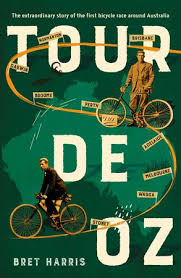 Tour de Oz is the true story of cyclist Arthur Richardson and two brothers Frank and Alex White who chose to ‘circumcycle’ Australia in 1899. Four years before the launch of Tour de France! Arthur cycled in one direction and the two brothers in a counter-clockwise direction. While narrating the events itself sports journalist and author Bret Harris also uses it as a reason to describe the continent of pre-Federation Australia.
Tour de Oz is the true story of cyclist Arthur Richardson and two brothers Frank and Alex White who chose to ‘circumcycle’ Australia in 1899. Four years before the launch of Tour de France! Arthur cycled in one direction and the two brothers in a counter-clockwise direction. While narrating the events itself sports journalist and author Bret Harris also uses it as a reason to describe the continent of pre-Federation Australia.
All in all, a satisfying few days reading a pile of interesting literature.
To buy:
The Unexpected Truth About Animals:A Menagerie of the Misunderstood
A Honeybee Heart Has Five Opening
As Kingfishers Catch Fire: Birds & Books
20 September 2018

